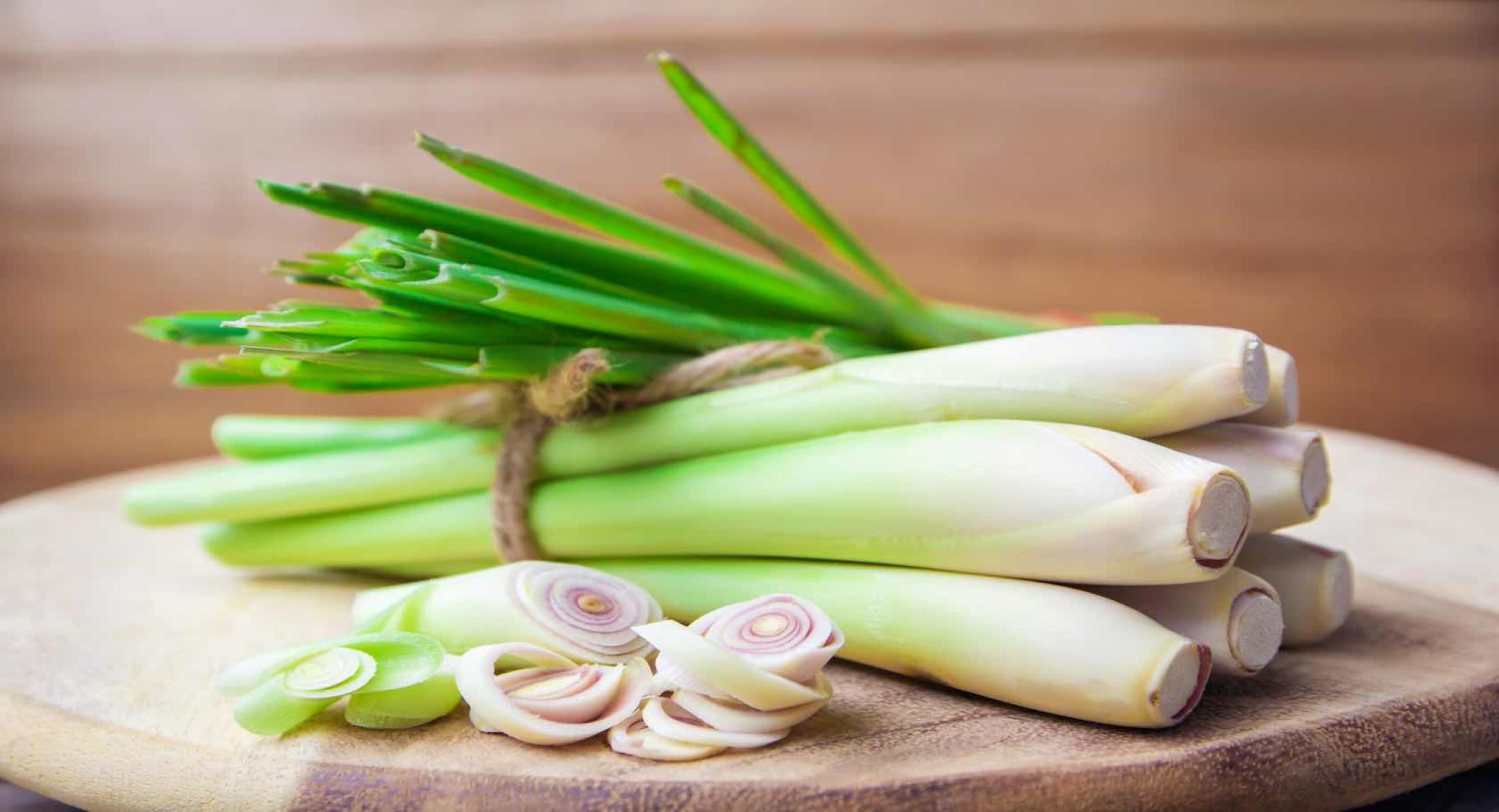

Articles
How To Store Lemongrass Leaves
Modified: April 23, 2024
Learn the best methods for storing fresh lemongrass leaves in this informative article. Keep your lemongrass flavorful and ready to use for your favorite recipes.
(Many of the links in this article redirect to a specific reviewed product. Your purchase of these products through affiliate links helps to generate commission for Storables.com, at no extra cost. Learn more)
Introduction
Welcome to the world of lemongrass leaves! This amazing herb not only adds a unique flavor to dishes but also offers a multitude of health benefits. If you’re a fan of this aromatic herb and want to make the most of it, you need to know how to properly store your lemongrass leaves. In this article, we will explore the various benefits of lemongrass leaves, harvesting and preparing techniques, and most importantly, the best storage methods to preserve their freshness and flavor.
Lemongrass leaves, also known as Cymbopogon, is a popular ingredient in South Asian cuisine, especially Thai, Vietnamese, and Malaysian dishes. With its citrusy and herbal flavor profile, lemongrass adds a refreshing twist to soups, curries, stir-fries, teas, and even desserts. Beyond its culinary uses, lemongrass is also highly regarded for its medicinal properties, thanks to its high content of essential oils, vitamins, and antioxidants.
Now that we’ve established why lemongrass leaves are worth storing properly, let’s delve into the benefits they offer:
Key Takeaways:
- Lemongrass leaves offer immune-boosting, anti-inflammatory, and stress-relieving benefits. Proper storage in the refrigerator or freezer ensures their freshness for delightful culinary creations and health-boosting infusions.
- Harvest, wash, and store lemongrass leaves to unlock their vibrant flavor and health benefits. From soups and curries to teas and desserts, lemongrass leaves add a refreshing twist to diverse culinary creations.
Read more: How To Use Lemongrass Leaves
Benefits of Lemongrass Leaves
Lemongrass leaves offer a range of health benefits that make them a valuable addition to any kitchen. Here are some of the key advantages of incorporating lemongrass leaves into your diet:
- Immune-Boosting Properties: Lemongrass leaves are rich in antioxidants that help strengthen the immune system and protect the body against harmful free radicals. Regular consumption of lemongrass leaves can help prevent common illnesses and promote overall well-being.
- Digestive Aid: Lemongrass leaves have natural digestive properties that can alleviate common digestive issues such as bloating, stomach cramps, and indigestion. They help stimulate the production of digestive enzymes, promoting a healthy gut and smooth digestion.
- Anti-Inflammatory Effects: Lemongrass leaves contain anti-inflammatory compounds that can help reduce inflammation in the body. This makes them beneficial for individuals suffering from arthritis, joint pain, and other inflammatory conditions.
- Stress Relief: The citrusy aroma of lemongrass leaves has a calming effect on the mind and can help reduce stress and anxiety. Enjoying a cup of lemongrass tea after a long and tiring day can provide an instant sense of relaxation.
- Antimicrobial Properties: Lemongrass leaves have natural antimicrobial properties that can help fight against various bacteria, fungi, and viruses. This makes them a valuable herb for maintaining good oral hygiene and preventing infections.
- Detoxification Support: Lemongrass leaves act as a natural diuretic and help flush out toxins from the body. Regular consumption can aid in cleansing the kidneys and liver, promoting overall detoxification.
These are just a few of the many benefits that lemongrass leaves offer. By incorporating them into your diet, you can boost your health and well-being in a delicious and refreshing way. Now that you know the advantages, let’s move on to the next section on how to harvest and prepare lemongrass leaves.
Harvesting and Preparing Lemongrass Leaves
If you want to enjoy the fresh and flavorful taste of lemongrass leaves, it’s important to know how to harvest and prepare them properly. Here are the steps to follow:
- Identify the Right Time: Lemongrass leaves are best harvested when the plant is mature, usually around 4-6 months after planting. Look for leaves that have a vibrant green color and are at least 12 inches long.
- Cut the Leaves: To harvest the leaves, use a sharp knife or pair of scissors to cut the leaves close to the base of the plant. Aim to cut the leaves at a slight angle to ensure proper regrowth of the plant.
- Remove Rough Outer Layers: Once you have harvested the lemongrass leaves, you need to remove the rough outer layers. Gently peel off the outer layers until you reach the softer inner leaves. These inner leaves are the most tender and flavorful.
- Wash and Dry: Rinse the lemongrass leaves under cool running water to remove any dirt or debris. Pat them dry with a clean towel or use a salad spinner to remove excess water.
- Chop or Crush: Depending on your recipe, you can either chop the lemongrass leaves into small pieces or crush them to release their flavor. For a stronger flavor, consider bruising the leaves with a mortar and pestle.
Now that your lemongrass leaves are ready, it’s time to learn how to store them to maintain their freshness and flavor for as long as possible.
Store lemongrass leaves by wrapping them in a damp paper towel and placing them in a resealable plastic bag in the refrigerator. They will stay fresh for up to two weeks.
Proper Storage Techniques for Lemongrass Leaves
Proper storage is key to preserving the freshness and flavor of lemongrass leaves. Here are some effective techniques to ensure your lemongrass leaves stay fresh for longer:
- Refrigerator Storage: The refrigerator is the best place to store lemongrass leaves. Simply wrap the leaves in a damp paper towel or place them in a zip-top bag. Make sure to squeeze out any excess air before sealing the bag. Store in the vegetable drawer or airtight container in the refrigerator.
- Freezer Storage: If you have a surplus of lemongrass leaves, it’s a good idea to freeze them for long-term storage. Chop the leaves into small pieces or puree them in a food processor. Place the chopped leaves or puree into ice cube trays and fill with water. Once frozen, transfer the lemongrass cubes to a freezer-safe bag. This way, you can easily grab a cube whenever you need lemongrass in your cooking.
- Dry and Store: Another way to store lemongrass leaves is by drying them. Tie the leaves together in small bundles and hang them upside down in a well-ventilated area. Ensure that the leaves are not exposed to direct sunlight. Once the leaves are completely dry, store them in an airtight container. Dried lemongrass leaves can be used in teas and infusions.
Remember to label and date your stored lemongrass leaves to keep track of their freshness.
By following these storage techniques, you can enjoy the vibrant flavor and aroma of lemongrass leaves for an extended period of time. Now, let’s explore some delicious ways to use lemongrass leaves in your cooking.
Using Lemongrass Leaves in Cooking
Lemongrass leaves are versatile and can be used in various culinary creations to add a zesty and aromatic touch to your dishes. Here are some popular ways to incorporate lemongrass leaves into your cooking:
- Infusions and Teas: Lemongrass leaves make a delightful addition to teas and infusions. Steep a few leaves in hot water along with other herbs or spices like ginger or mint for a refreshing and invigorating beverage.
- Soups and Broths: Lemongrass leaves are a staple ingredient in many traditional soups and broths. Add finely chopped lemongrass leaves to your chicken or vegetable soup for a citrusy and aromatic twist.
- Curry Pastes and Sauces: Lemongrass leaves are a key component of many curry pastes and sauces. Blend the leaves with other herbs, spices, and ingredients like garlic, ginger, and chili to create a flavorful base for your curries and stir-fries.
- Marinades and Dressings: Lemongrass leaves can elevate the taste of your marinades and dressings. Finely chop the leaves and mix them with other herbs, spices, oils, and citrus juices to create a tangy and fragrant marinade for meat or a zesty dressing for salads.
- Grilling and Roasting: For a burst of flavor, use lemongrass leaves as a stuffing or seasoning for grilled or roasted meats and vegetables. The leaves infuse their citrusy aroma into the food, creating a delicious and aromatic dish.
- Desserts: Lemongrass leaves can even be utilized in desserts. Infuse the flavor of lemongrass into custards, ice creams, and sorbets by steeping the leaves in warm milk or cream before incorporating them into your sweet creations.
Experiment with these cooking methods, and don’t be afraid to get creative in the kitchen. Lemongrass leaves offer a unique flavor profile that can add a delightful twist to a wide range of dishes.
Now that you know how to harvest, store, and use lemongrass leaves, you can fully enjoy their culinary and health benefits. Let’s conclude this article with a brief summary.
Read more: How To Store Fresh Lemongrass
Conclusion
Lemongrass leaves are not only a flavorful addition to your dishes but also offer a range of health benefits. By properly harvesting, preparing, and storing lemongrass leaves, you can ensure their freshness and maximize their flavor for an extended period of time.
Harvesting lemongrass leaves involves cutting mature leaves and removing the rough outer layers. Once harvested, it is important to wash and dry the leaves before chopping or crushing them for use in cooking.
To store lemongrass leaves, the refrigerator is the best option. Wrapping them in a damp paper towel or placing them in a zip-top bag helps maintain their freshness. Alternatively, drying and freezing methods can be used for long-term storage.
Using lemongrass leaves in cooking opens up a world of culinary possibilities. They can be infused in teas, added to soups and curries, used in marinades and dressings, and even incorporated into desserts. The unique citrusy and herbal flavor of lemongrass leaves adds a refreshing twist to a variety of dishes.
Whether you’re a fan of South Asian cuisine or simply appreciate the health benefits of lemongrass, knowing how to properly store and utilize lemongrass leaves will enhance your culinary experiences. So go ahead, explore the flavors of lemongrass and enjoy the delightful aroma and taste it brings to your cooking.
Remember, the key to making the most of lemongrass leaves lies in their proper harvesting, preparation, and storage. So next time you have lemongrass leaves at hand, put these techniques into practice and savor the tangy, citrusy goodness in every bite.
Frequently Asked Questions about How To Store Lemongrass Leaves
Was this page helpful?
At Storables.com, we guarantee accurate and reliable information. Our content, validated by Expert Board Contributors, is crafted following stringent Editorial Policies. We're committed to providing you with well-researched, expert-backed insights for all your informational needs.
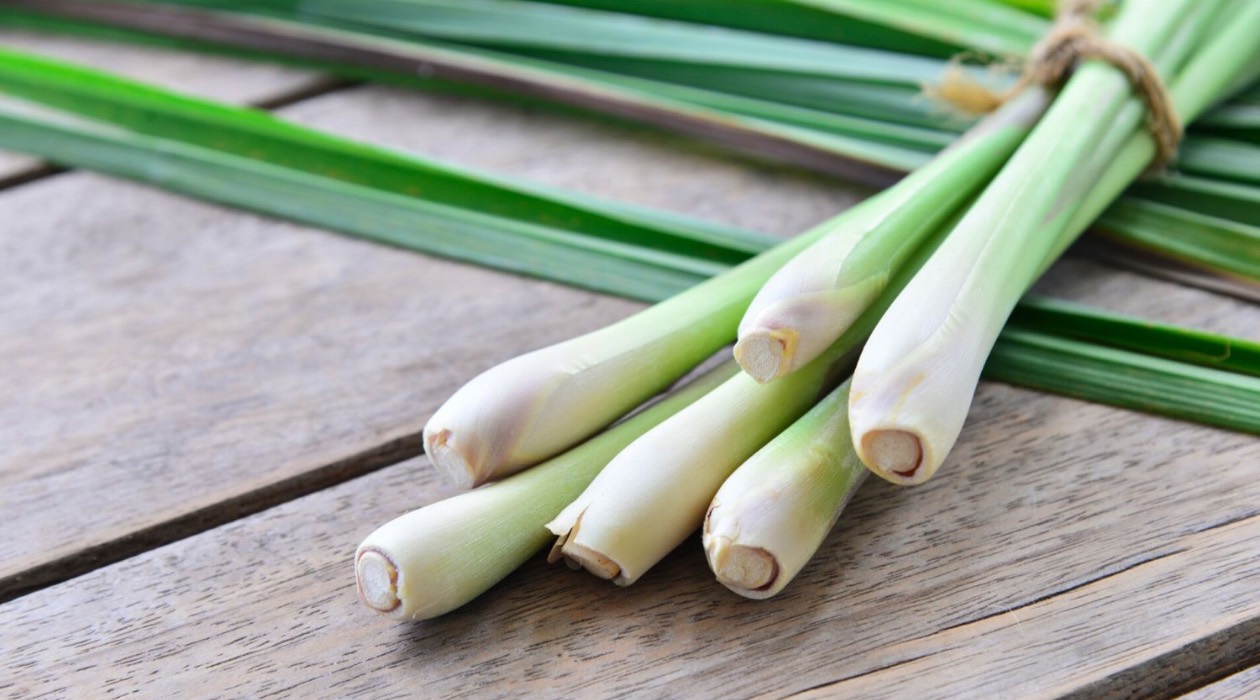
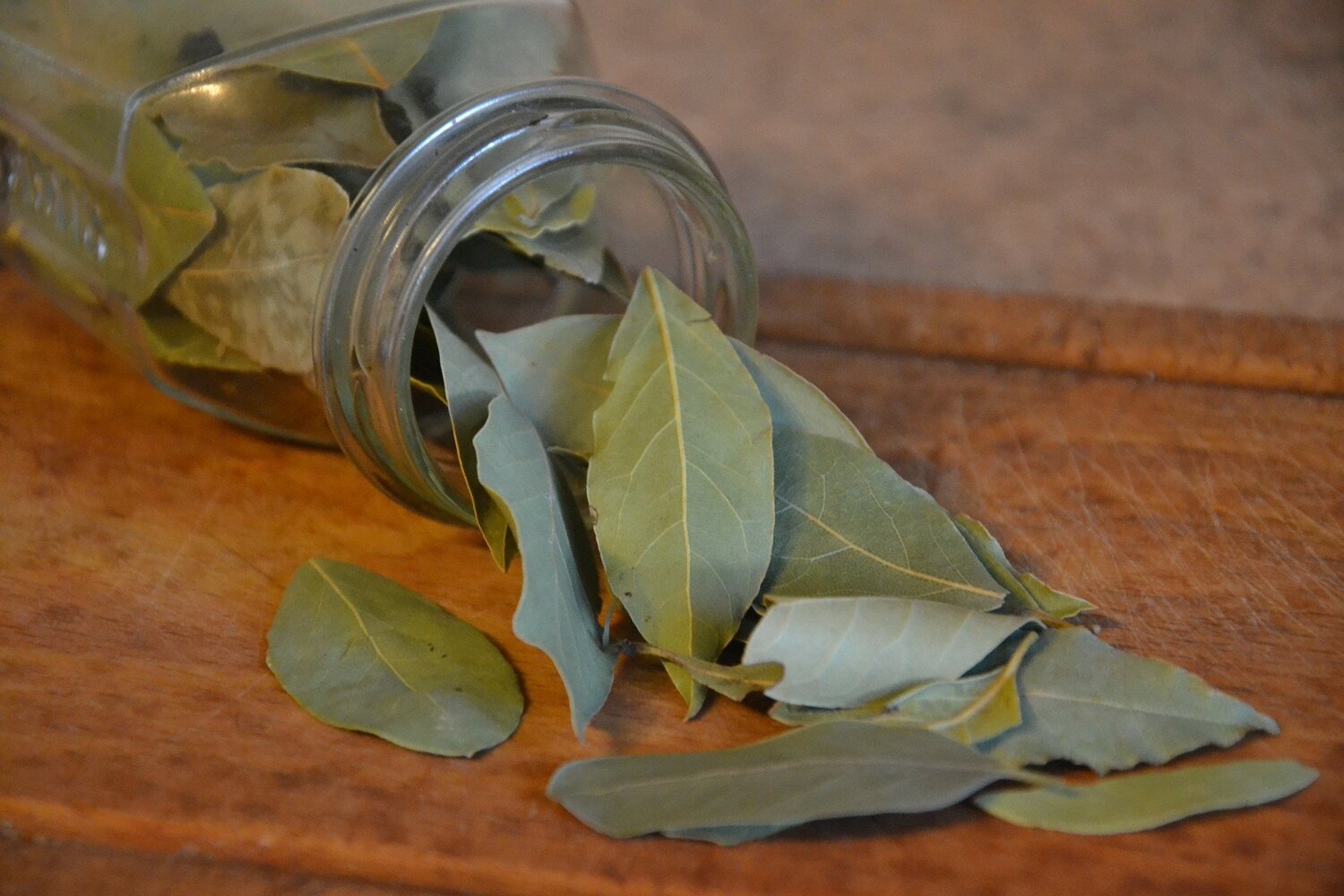

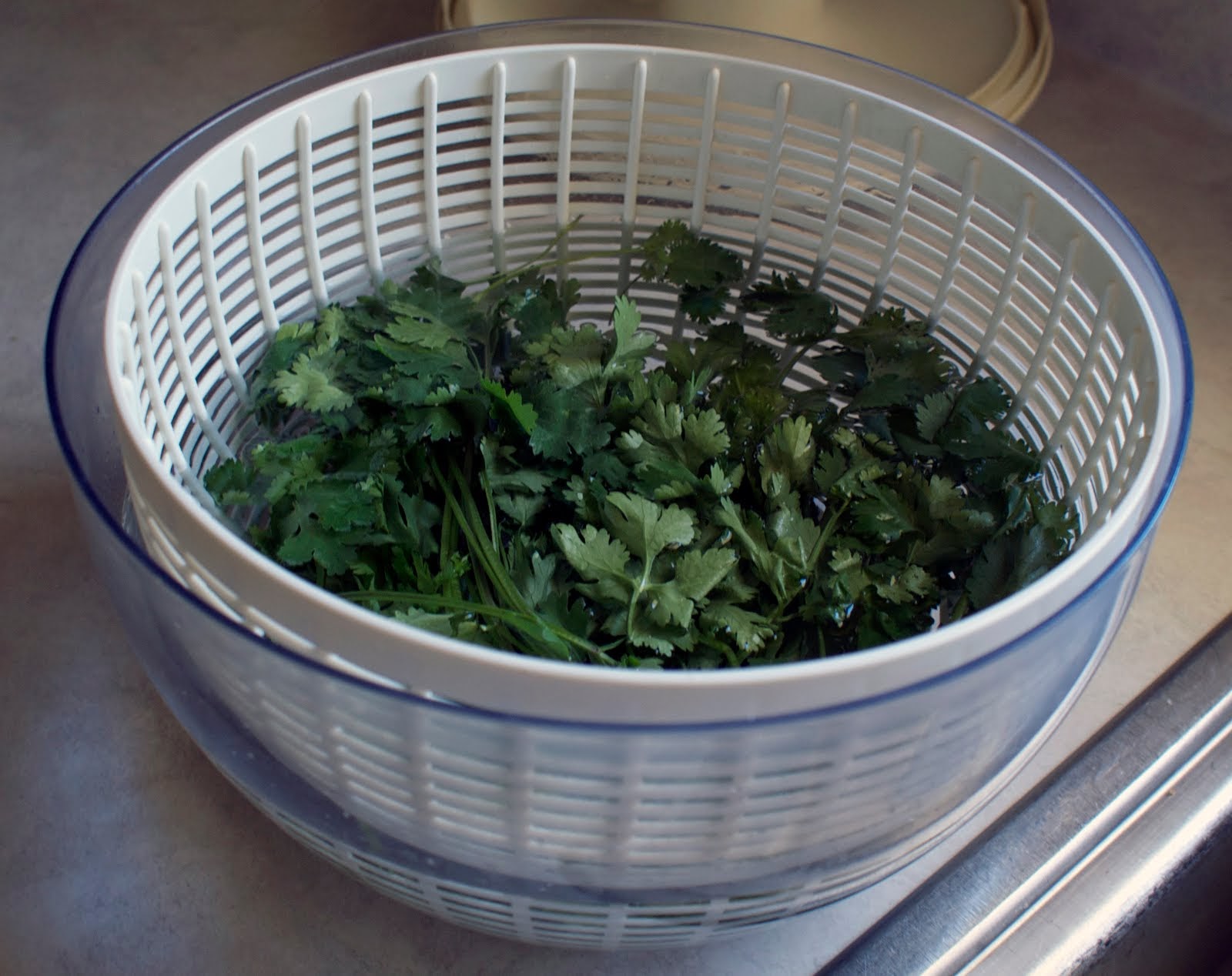
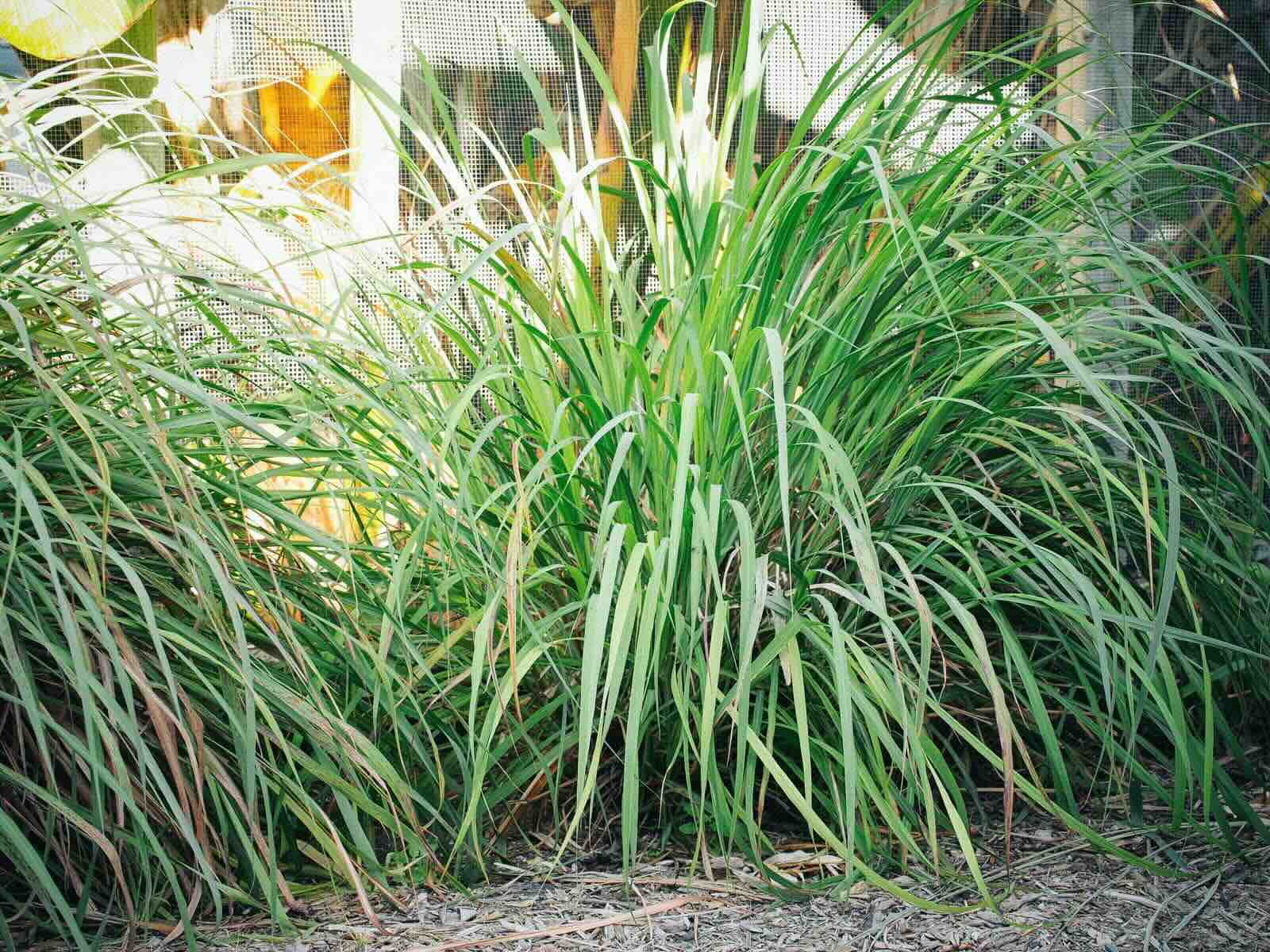
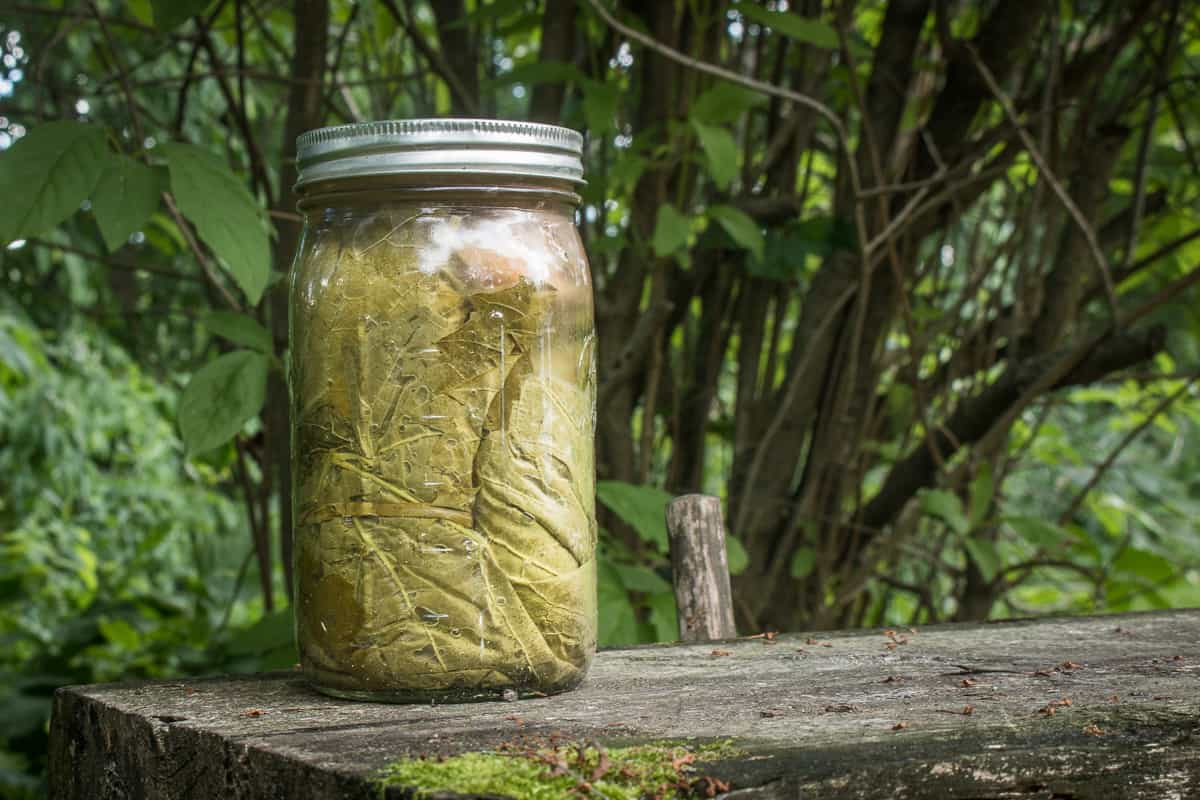
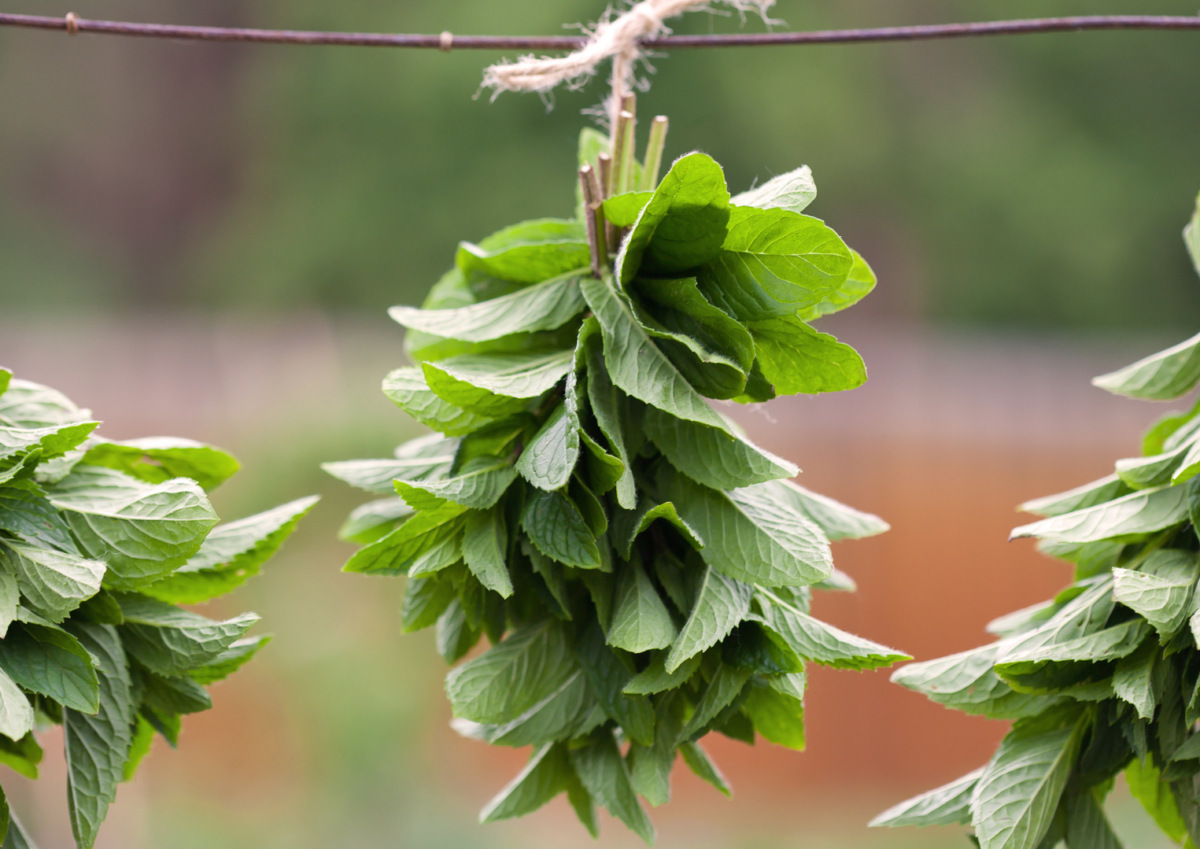
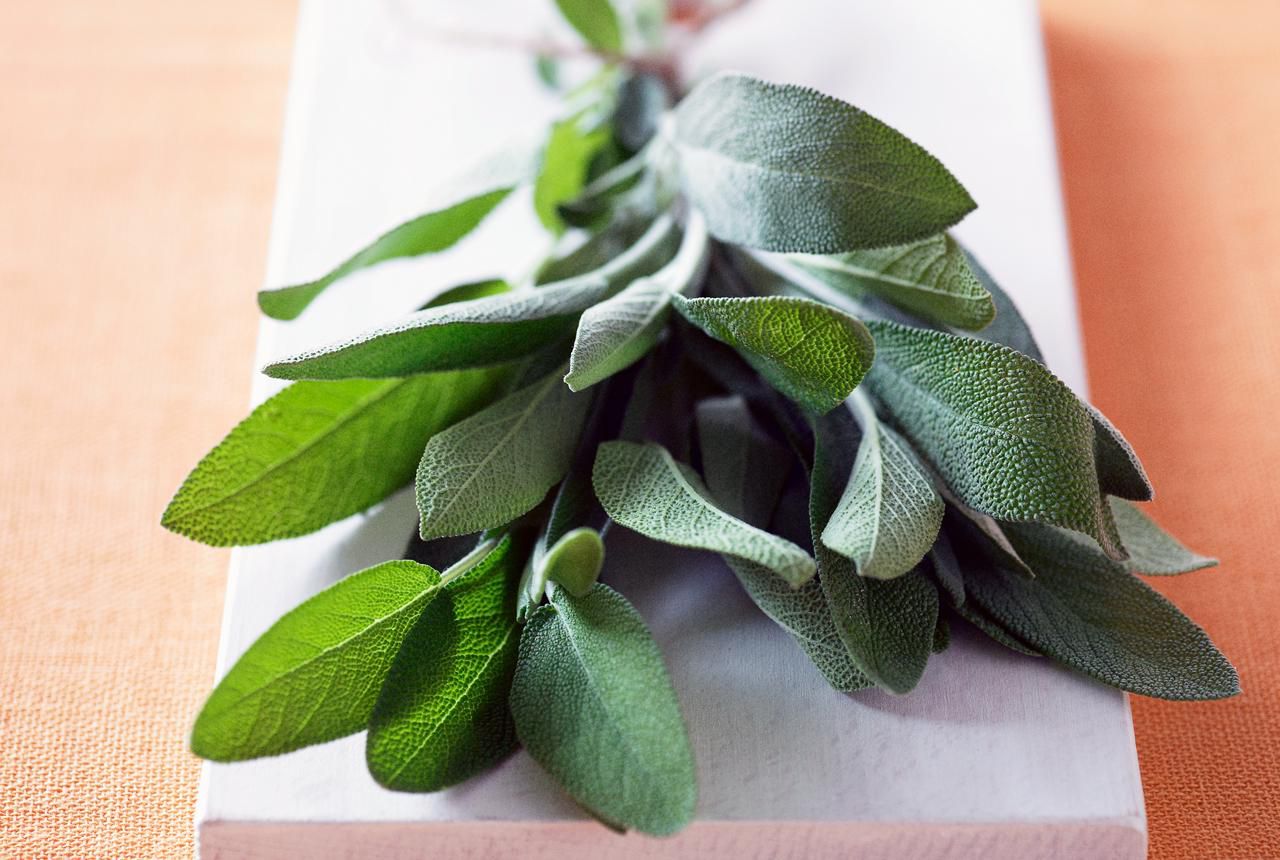
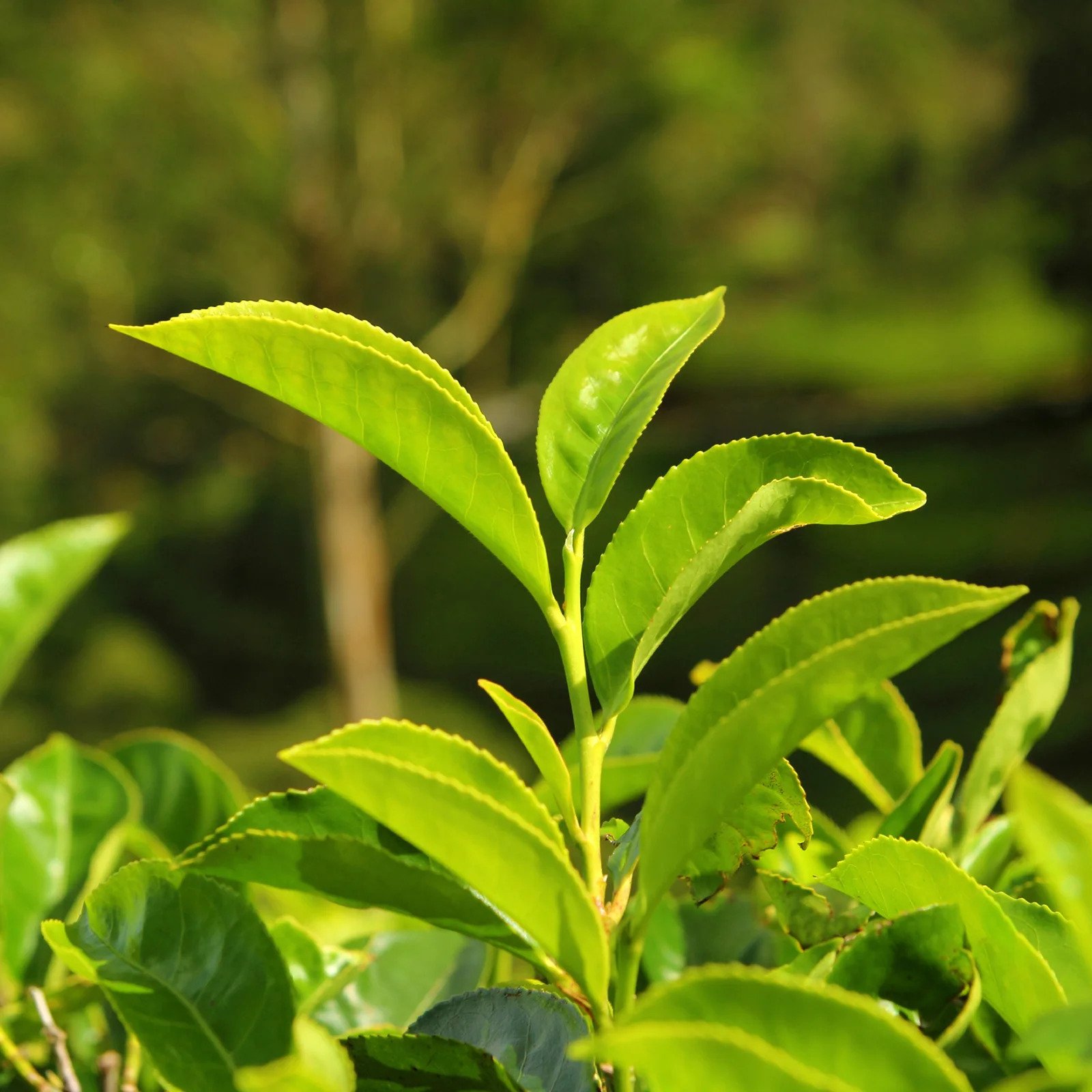
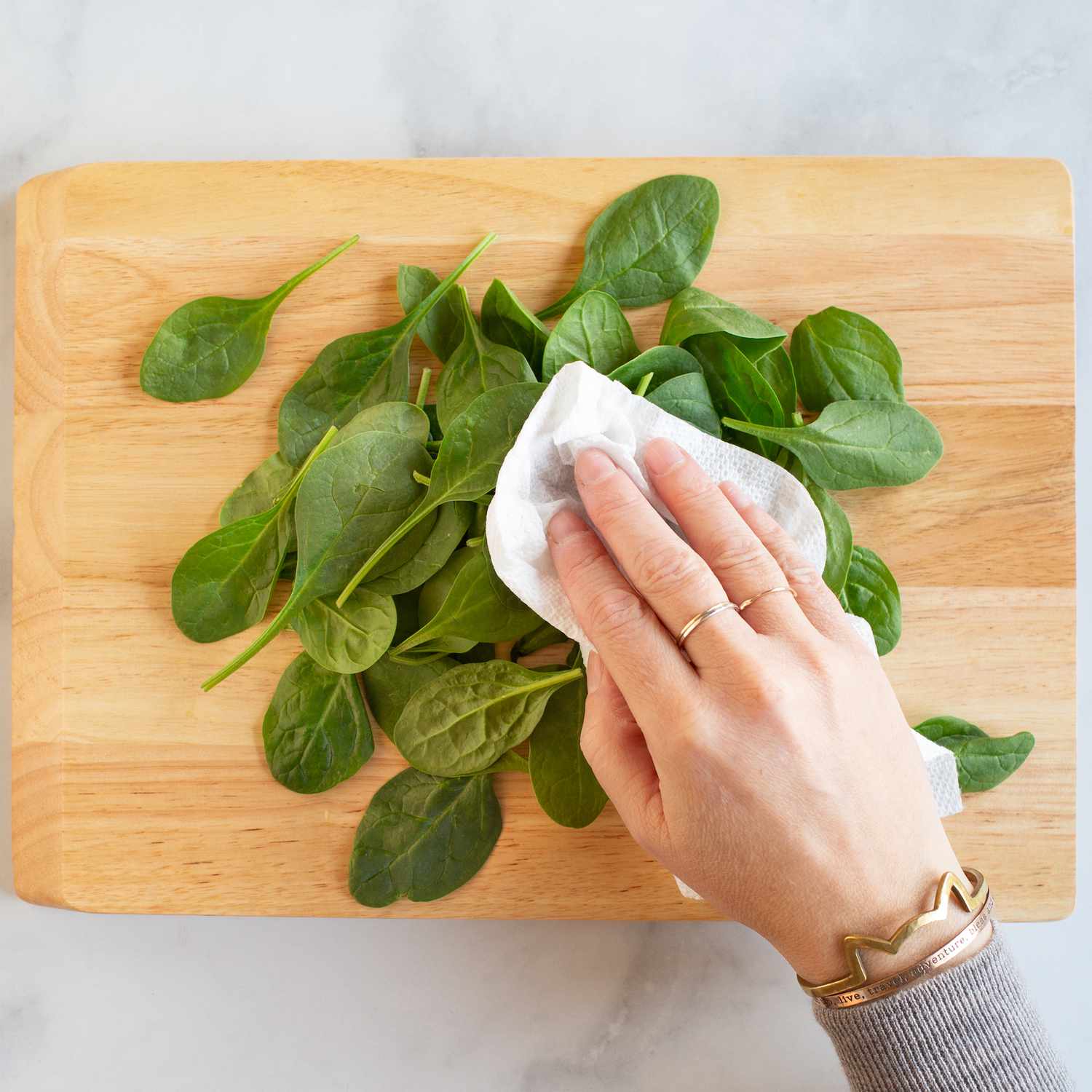
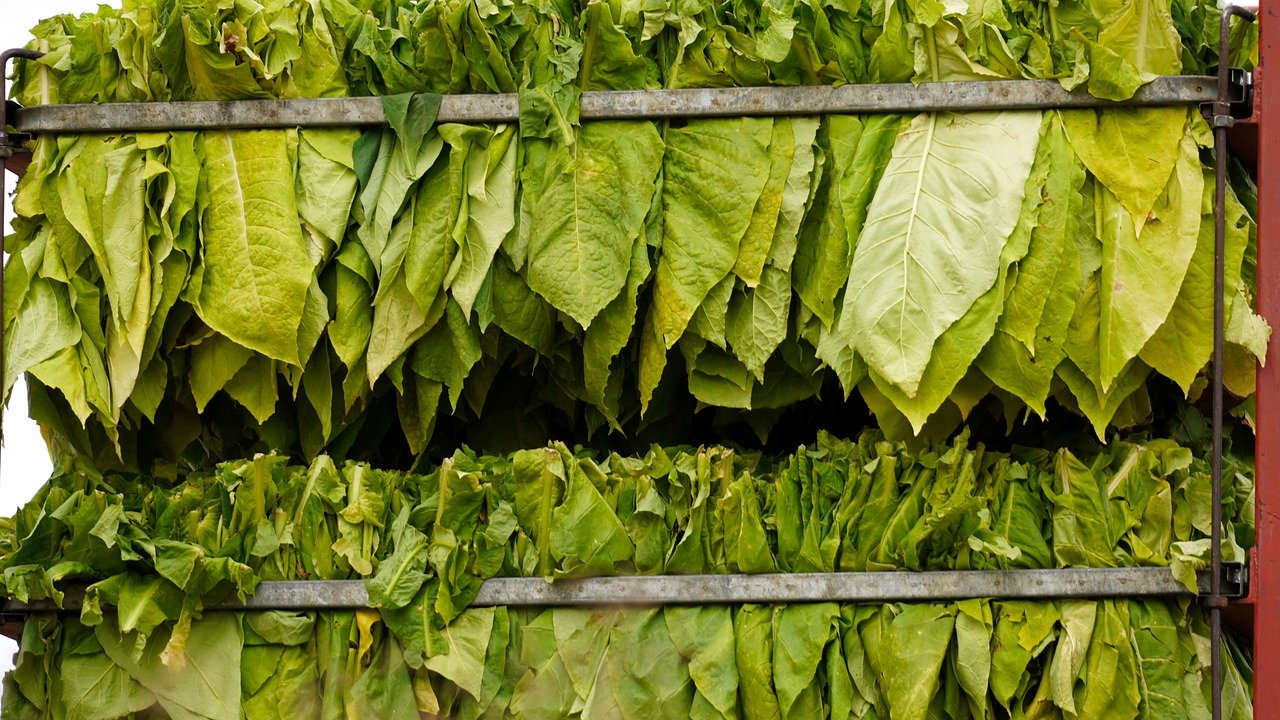
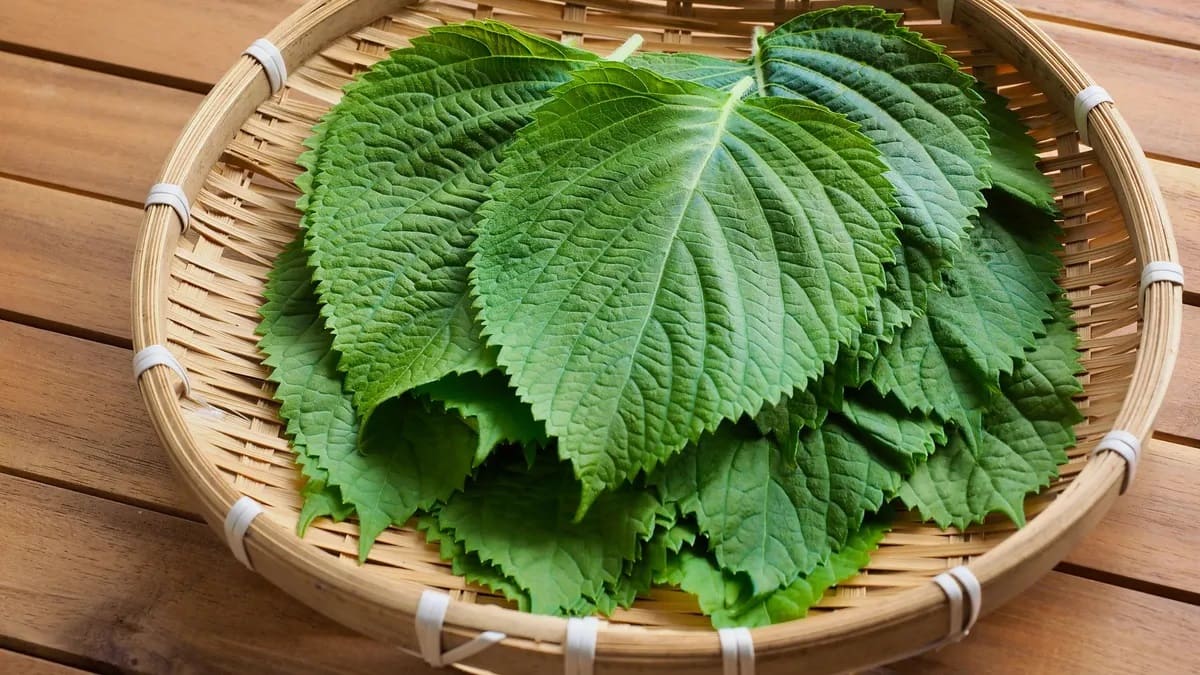
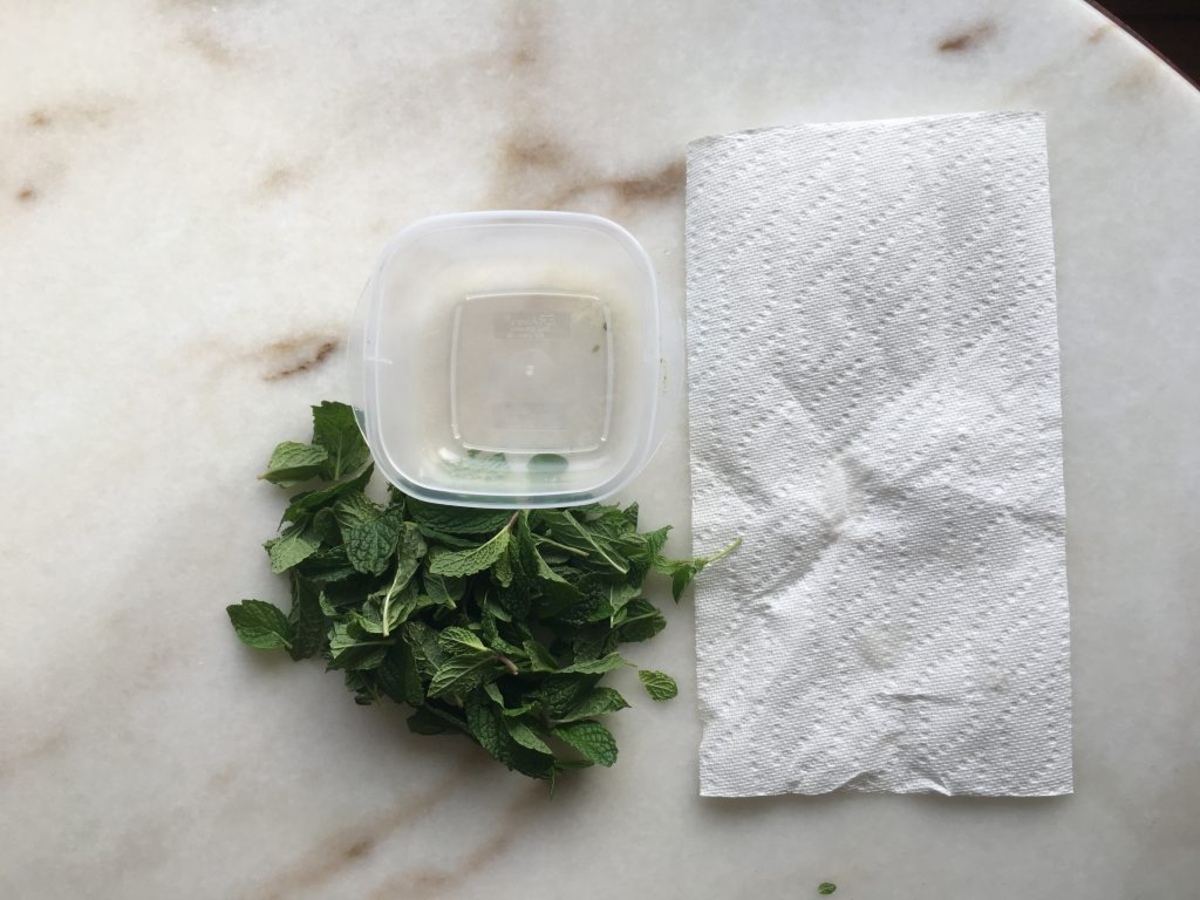
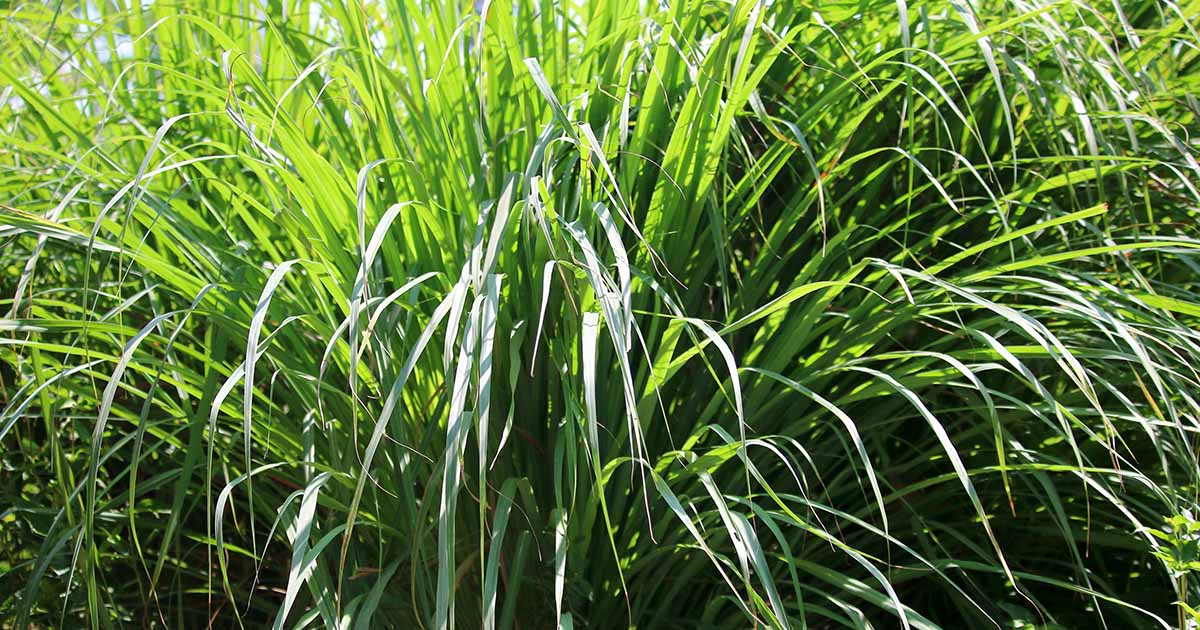

0 thoughts on “How To Store Lemongrass Leaves”